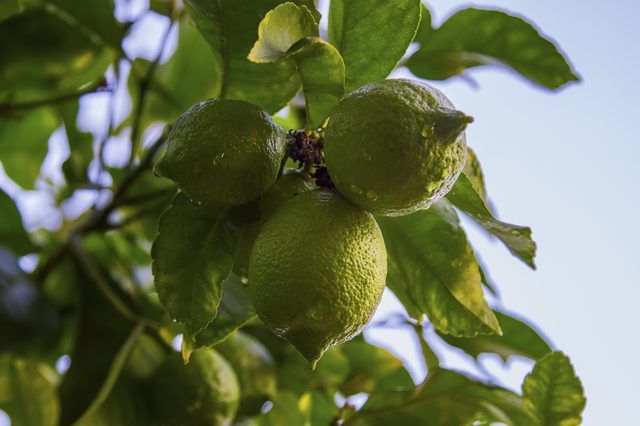Bulbs
Flower Basics
Flower Beds & Specialty Gardens
Flower Garden
Garden Furniture
Garden Gnomes
Garden Seeds
Garden Sheds
Garden Statues
Garden Tools & Supplies
Gardening Basics
Green & Organic
Groundcovers & Vines
Growing Annuals
Growing Basil
Growing Beans
Growing Berries
Growing Blueberries
Growing Cactus
Growing Corn
Growing Cotton
Growing Edibles
Growing Flowers
Growing Garlic
Growing Grapes
Growing Grass
Growing Herbs
Growing Jasmine
Growing Mint
Growing Mushrooms
Orchids
Growing Peanuts
Growing Perennials
Growing Plants
Growing Rosemary
Growing Roses
Growing Strawberries
Growing Sunflowers
Growing Thyme
Growing Tomatoes
Growing Tulips
Growing Vegetables
Herb Basics
Herb Garden
Indoor Growing
Landscaping Basics
Landscaping Patios
Landscaping Plants
Landscaping Shrubs
Landscaping Trees
Landscaping Walks & Pathways
Lawn Basics
Lawn Maintenance
Lawn Mowers
Lawn Ornaments
Lawn Planting
Lawn Tools
Outdoor Growing
Overall Landscape Planning
Pests, Weeds & Problems
Plant Basics
Rock Garden
Rose Garden
Shrubs
Soil
Specialty Gardens
Trees
Vegetable Garden
Yard Maintenance
How to Grow Lime Trees
How to Grow Lime Trees. Whether your garden covers acres in a year-round balmy climate or a few square feet of floors and shelves near a sunny window, it has room for at least one standard or dwarf lime tree (Citrus aurantifolia). Outdoor and indoor limes have different needs. The challenge is to tailor their care accordingly, from growing medium...

Whether your garden covers acres in a year-round balmy climate or a few square feet of floors and shelves near a sunny window, it has room for at least one standard or dwarf lime tree (Citrus aurantifolia). Outdoor and indoor limes have different needs. The challenge is to tailor their care accordingly, from growing medium and light requirements to feeding, watering and problem control.
Temperature Tolerance
Limes grow outdoors only in the warm climates of U.S. Department of Agriculture plant hardiness zones 9 through 11. They do best at temperatures between 55 and 85 degrees Fahrenheit, but tolerate 100 F or more with sufficient water. Any more than 30 minutes below 30 F severely damages or kills them. If you can't provide frost protection, such as a 100-watt outdoor lamp placed among the interior branches, content yourself with an indoor plant that spends summers outside.
Light Soil, Heavy Sun
Limes need well-draining soil with a pH of 7.0 or lower. For outdoor trees, loamy or sandy soils are fine, but clay is not. For indoor limes, make your own medium of 2 parts organic potting soil to 1 part perlite. Use a soil free of fertilizer or wetting agents. Garden limes need at least six hours of daily sun, while indoor limes need eight or more hours. If south-facing windows don't provide enough sun, boost your indoor light with fluorescent, full-spectrum lamps.
The Nitrogen Fix
As nitrogen junkies, limes need regular doses of granular, slow-release high-nitrogen fertilizer. A 19-10-5 formula -- the three numbers on the label -- fortified with trace minerals is best. Feed outdoor limes three times yearly with 1 pound of the fertilizer for every 1 inch of trunk diameter, in early spring, midsummer and midfall. Fertilize indoor trees monthly between January and August with 1 tablespoon of organic, 7-3-3 fertilizer for every 6 inches of pot diameter. Scratch the granules lightly into the soil or growing medium and water it in.
Test Before Watering
Shallow-rooted limes benefit from infrequent, deep watering. Test your outdoor tree for moisture by inserting a sharpened, 1-foot wooden dowel into the soil. If its lower half is dry when you remove it, water your tree. As a general rule, indoor limes like four to six 1- to 2-quart drinks each month. During winter, they also appreciate an occasional leaf misting to increase humidity.
Insect Invasions
All limes face aphid, mite and scale insect attacks. Prune and dispose of lightly infested branches, or scrape scales off with a soft scouring pad. Sterilize your pruning blades by wiping them off with alcohol and allowing them to dry. Sterilizing your pruning tool blades before using eliminates the possibility of disease transferring to healthy sections of the lime. To eliminate stubborn aphid and mite infestations, spray the entire trees until they drip with ready-to-use insecticidal soap. Treat outdoor limes on a cloudy day. Repeat weekly, or at the manufacturer's suggested intervals, as needed. Wear protective clothing and eyewear and a respiratory mask when spraying.
Removing Suckers
Limes younger than 15 years old may need pruning to remove dead and damaged branches or suckers growing at the joints of the trunk graft and rootstock. Remove the suckers as soon as you see them, before they weaken the rest of the tree. To prevent resprouting, break them off with your hand or fingers as close as possible to the trunk. For other pruning, use sharp, clean tools disinfected in a solution of 1 part household bleach to 9 parts water between cuts.